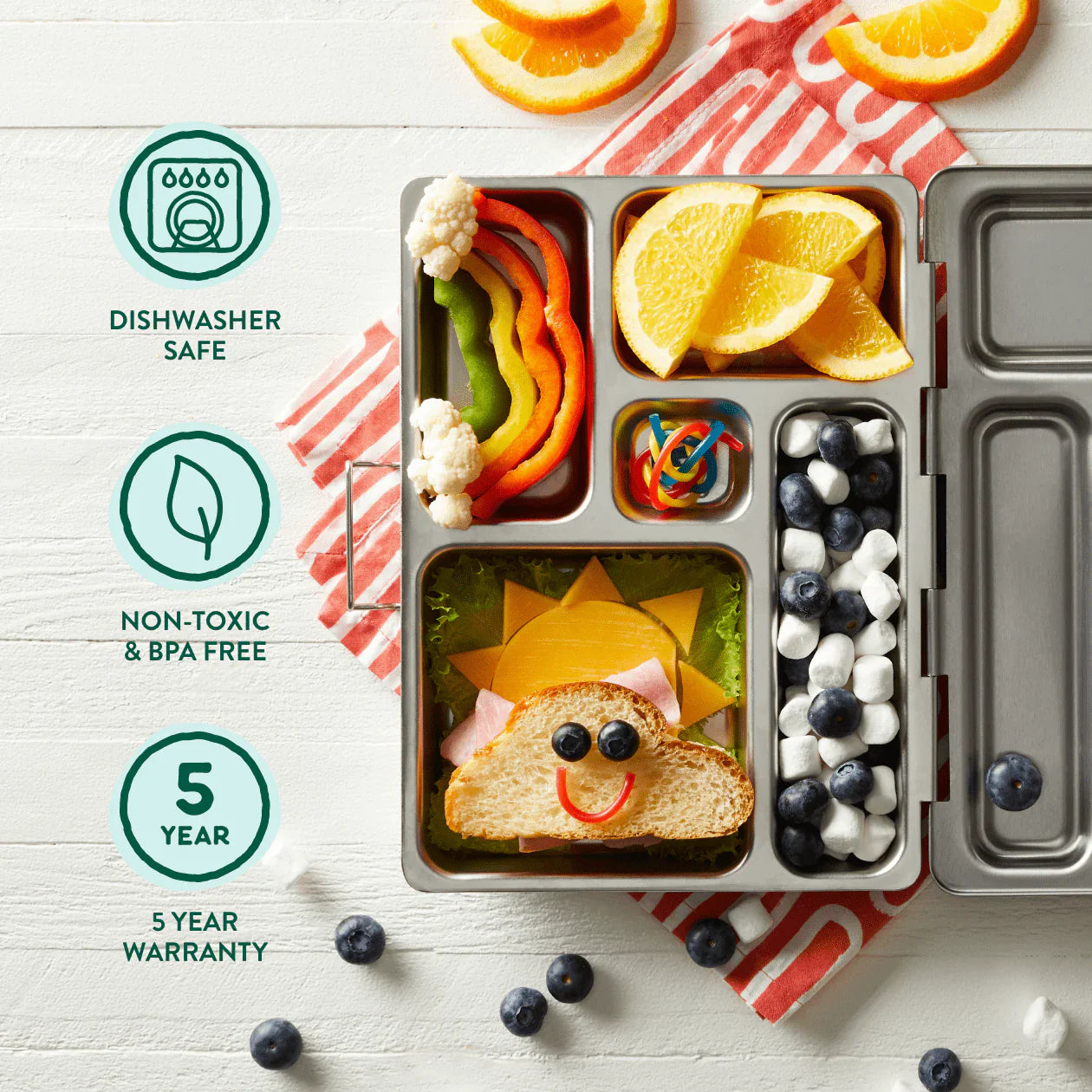There’s nothing quite like the thrill of harvesting your own tomatoes, herbs, squash, or stone fruit. The baskets are overflowing, the kitchen smells like sunshine, and suddenly you realize… you might have more zucchini than any human could eat in a week.
Enter: the art of preserving.
Preserving your produce isn’t just about extending the life of your garden goodies—it’s about reducing food waste, saving money, and building a pantry that’s as satisfying as it is sustainable. And you don’t need a root cellar, a degree in homesteading, or a basement full of plastic containers to get started.
This guide is your beginner-friendly, low-waste intro to preserving the harvest—with practical methods, reusable tools, and zero intimidation.
Why Preserve Your Produce?
Let’s start with the “why.” Even the most enthusiastic salad eater will admit: there’s only so much kale you can crunch through before it goes limp in the fridge. Preserving your bounty helps you enjoy your favorite fruits and veggies long after the season’s over, while also preventing all that hard work from ending up in the compost pile.
Plus, preserving gives you more control over ingredients (goodbye mystery preservatives), and it reduces your reliance on packaged foods shipped from far away. A jar of homemade tomato sauce or pickled onions from your own garden? That’s zero-waste gold.

Pick the Right Method for the Produce
Not all fruits and veggies are best preserved the same way. Your method will depend on what you’re working with and how you want to use it later. Don’t worry—you don’t need to do it all. Pick one or two techniques to start, and build your skills from there.
Here are some of the most beginner-friendly preservation methods:
-
Canning: Great for tomatoes, jams, sauces, and fruits. You’ll need sterilized glass jars, lids, and a water bath canner or pressure canner (depending on the acidity of the food). It’s a bit more involved but totally doable with practice.
-
Pickling: The easiest way to transform cucumbers, carrots, onions, or even green beans into tangy, crave-worthy snacks. All you need is vinegar, salt, water, spices, and a jar.
-
Freezing: Ideal for berries, herbs, peas, corn, and greens. Wash, chop, and store in reusable containers or silicone bags. For herbs, try freezing in ice cube trays with a bit of olive oil.
-
Drying or Dehydrating: Perfect for apples, bananas, herbs, and even tomatoes. Use a dehydrator or oven on a low setting and store in airtight glass containers.
-
Fermenting: Sauerkraut, kimchi, and other ferments are delicious and good for your gut. You’ll need a jar, salt, and time—and maybe a vented lid or fermentation weight if you want to get fancy.
Go Plastic-Free With Your Preservation Tools
It can be tempting to fall back on plastic freezer bags, cling wrap, or vacuum sealers. But there are tons of low-waste alternatives that work just as well (and look way cuter in your pantry or fridge).
Reach for glass jars with reusable lids, silicone freezer bags, beeswax wraps, and cloth bowl covers to keep things sealed, stored, and safe. And don’t forget the humble mason jar—it’s the MVP of low-waste preservation, from pickling to freezing to canning.
You can even reuse jars from store-bought salsa or pasta sauce—just sterilize them properly and check the lids for a tight seal. No need to buy fancy new gear unless you’re ready to invest.
A Beginner-Friendly List of Reusable Preservation Tools
Here’s your starter pack of sustainable gear for a season full of zero-waste deliciousness:
-
Glass Mason Jars: Perfect for canning, freezing, pickling, and fermenting
-
Reusable Silicone Bags: BPA-free and safe for freezing fruits, veggies, and herbs
-
Beeswax Wraps: Great for covering bowls or wrapping produce scraps while you prep
-
Reusable Bowl Covers: Keep fermenting jars or drying produce protected and plastic-free
-
Stainless Steel Funnels: Make jar-filling easier (and way less messy)
-
Jar Lifter or Tongs: For safe removal of hot jars during canning
-
Cloth Towels or Unpaper Towels: For wiping jar rims, drying produce, and cleanup
-
Compost Bin: Collect veggie scraps while you preserve, and give them a second life
-
Labels & Wax Pencils: Reusable or compostable labels to keep track of dates and contents
-
Dehydrator or Oven Racks: For drying fruits and herbs with minimal energy use

Use What You Have First
Here’s your gentle reminder: you don’t need to buy a ton of new tools to get started. In true Marley's Monsters spirit, use what you already have. A stock pot can work for basic canning. A dish towel can replace cheesecloth. Reuse glass jars and bottles before buying new ones.
The goal is not perfection—it’s progress. Every batch of jam, pickled veggie, or frozen peach slice helps reduce food waste and supports a more sustainable lifestyle.
Make It a Seasonal Ritual
Preserving isn’t just a task—it can be a celebration. Put on your favorite playlist, sip something cozy, and invite a friend or kiddo to help you chop, stir, or label. It’s messy, creative, and incredibly satisfying.
As you fill your pantry or freezer with the flavors of your garden, you’re creating little jars of sunshine to pop open in the middle of winter. And let’s be honest: there’s something pretty magical about cracking open homemade strawberry jam in January and remembering exactly where those berries came from.
Share the Love
Preserved goods also make amazing gifts—way more thoughtful than store-bought treats. A hand-labeled jar of pickled beets, dried herbs, or spiced applesauce is like sending someone a slice of summer.
Wrap it in a reusable cloth or UNpaper Towel®, add a handwritten label, and you’ve got a gift that’s low on waste and high on heart.
Need reusables for your preserving adventures? Check out our Zero-Waste Kitchen Collection for sustainable wraps, bowl covers, cloths, and tools that help you preserve the season without the plastic.



